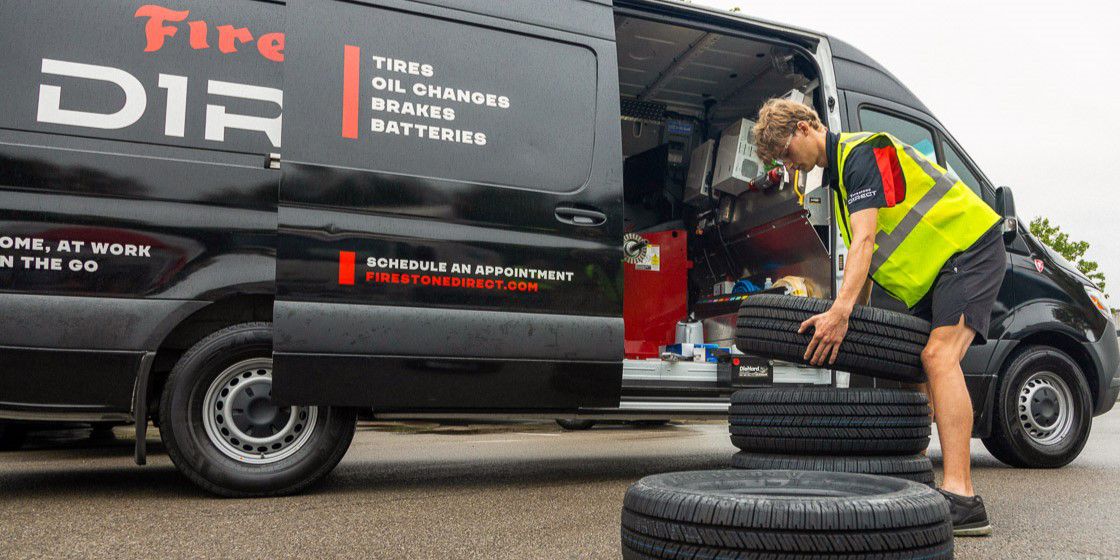2. Avoid Idling
If your engine is on, it’s burning fuel. In fact, if you idled for an hour, that could burn up to a half gallon of fuel. If you’re waiting for someone for longer than a couple minutes, turn your car off and save your fuel for when you’re going somewhere. It’s a common misconception that restarting the engine will take more fuel than idling, but it actually only burns about 10 seconds worth of fuel to restart the vehicle.
3. Empty the Trunk
Your car burns more fuel when it is carrying extra weight. In fact, 100 lbs of added weight can reduce your fuel economy by 1%. It might not seem like much, but if you’re driving around with your car full, it adds up. While you’ll inevitably have to transport heavier loads from time to time, like a big grocery store haul or your road trip luggage, try to empty out any unnecessary items for day-to-day driving. Just keep your spare tire and an emergency kit in the trunk—that’s all you need.
4. Keep the Windows Rolled Up
Do you like to cruise down the highway with the windows down? It might actually be costing you precious fuel. Open windows at higher speeds create more resistance, so the car needs more fuel to maintain its speed. If you want to save fuel, opt to use the A/C to stay cool instead.
5. Use Quality Motor Oil
Vehicle manufacturers recommend a specific grade and type of motor oil for a reason. When the right oil is used, the engine has what it needs to perform at its maximum potential and optimize your fuel economy, improving your gas mileage by 1%-2%. If you’re not sure what oil to choose, a Firestone Direct technician can recommend the right one for your vehicle—and come to wherever you are to complete an oil change service.
6. Accelerate Gradually
RPM (revolutions per minute) is the number of times your engine’s crankshaft completes a full rotation in 60 seconds. Revving your engine or drastically increasing your speed increases RPM unnecessarily, which burns more fuel. Instead, accelerate only when necessary and at a steady pace.
7. Avoid Slamming on the Brakes
Slamming on the brakes means you’ll have to accelerate again later, which increases gas consumption. If you’re going through the aggressive braking to fast acceleration cycle over and over, you’ll be burning much more fuel than necessary. Avoid this by keeping a safe distance from the car in front of you and training yourself to start slowing down with plenty of time before you get to a red light or stop sign.
8. Use Cruise Control
If you drive an automatic vehicle, using cruise control helps maintain a consistent speed and will reduce RPM. Highway driving is a great place to put cruise control to good use. Find the speed you’re comfortable with, pick a lane, hit the cruise control button and enjoy the ride.
9. Practice Predictive Driving
Since fast accelerating and aggressive braking both lead to more fuel consumption, learning to anticipate and avoid situations ahead of time is helpful. For example, if you see a hill coming up, start accelerating gradually to avoid drastic changes in RPM.
10. Plan Your Rush Hour Route
Stop-and-go traffic can be hard on your engine and lead to increased gas consumption. If you can, plan your morning and evening commute to avoid the busiest times. If you can’t be flexible with timing, consider taking a less popular route. Even if it’s technically a longer drive, if there’s less traffic, it could be more fuel efficient than being stuck in bumper-to-bumper traffic for the entire commute.


